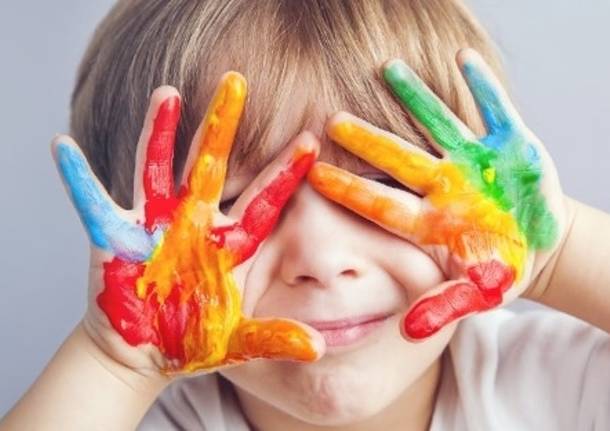Universal health coverage: everyone, everywhere is the slogan of the
World Health Day 2019, which is celebrated the 7th of April.
Millions of people still have no access at all to health care.
Millions more are forced to choose between health care and other daily
expenses such as food, clothing and even a home. This year’s focus is
to ensure universal health coverage that represents the World Health
Organization’s main goal and is also one of the sustainable
Development Goals set for 2030.
Another goal is to improve understanding of universal health coverage
and the importance of primary health care as its foundation and to
spur action from individuals, policy-makers and health-care workers to
make universal health care a reality for everyone.
World Health Day is a chance to celebrate health and remind world
leaders that everyone should be able to access the health care they
need, when and where they need it and aims to help people to better
understand the concept of universal health coverage, what services
should be available and where.
Fonte: World Health Organization



